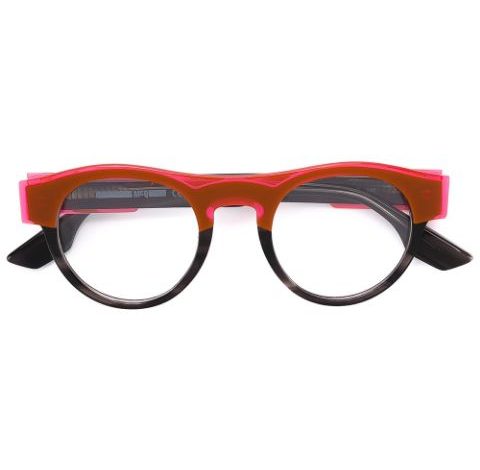Keratoconus is a progressive eye disease in which the normally round cornea begins to weaken and becomes more cone-shaped. This cone shape deflects light as it enters the eye, causing increasing nearsightedness and problems with distorted and blurred vision. Keratoconus can occur in one or both eyes and often begins during a person’s teens or early 20’s.
Causes:
- Genetics
- Overexposure to UV rays
- Excessive Rubbing of the Eyes
- History of Poorly fitting Contact Lenses
- Chronic Eye Irritation (eg. chronic untreated allergies)
Signs and Symptoms:
- Vision that gets progressively worse (Excessive nearsightedness and irregular astigmatism)
- Blurred and Distorted Vision
- Glare and Light sensitivity
- Inability to have perfect vision with spectacles
Treatment
Initially, spectacles and soft contact lenses may provide vision that is good enough to function. As the condition progresses, hard contact lenses are used to slow it down. Eventually, a corneal transplant may be the only option.
Have your eyes checked regularly, as it is the only way to catch anything early.


